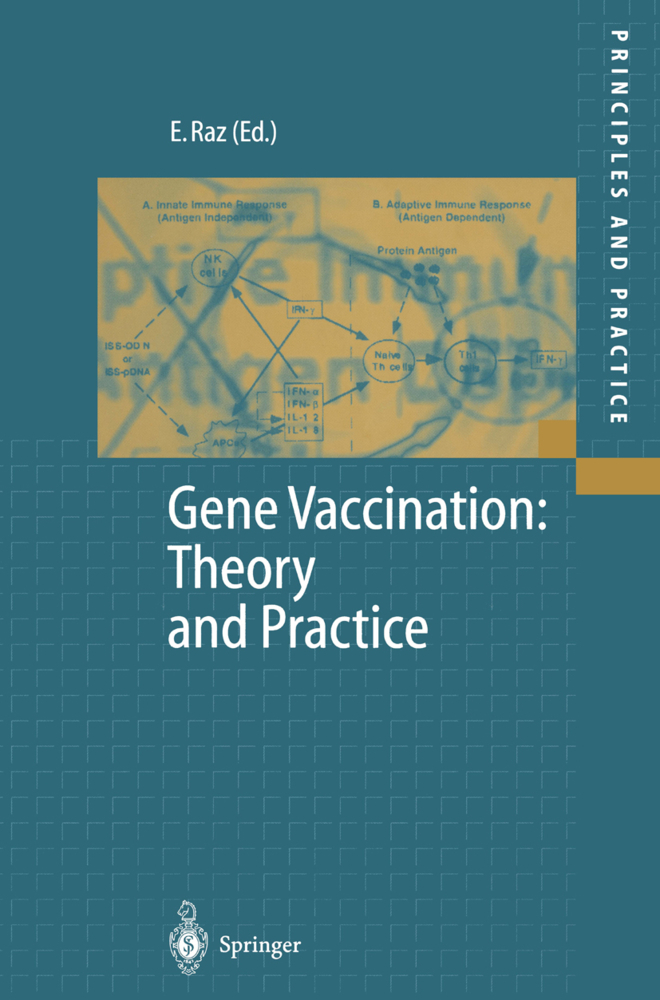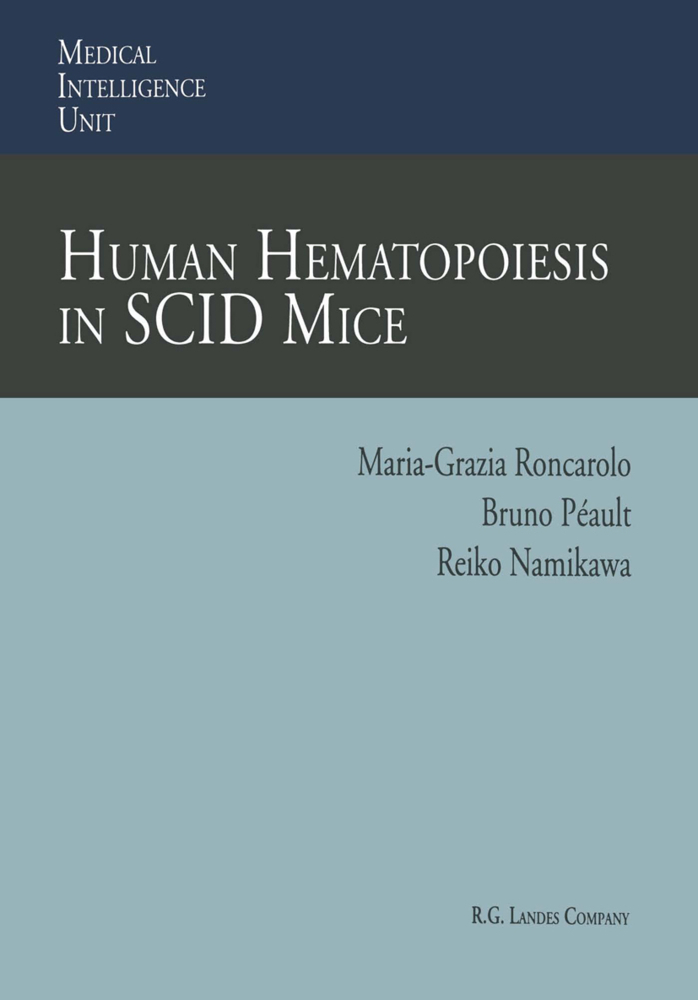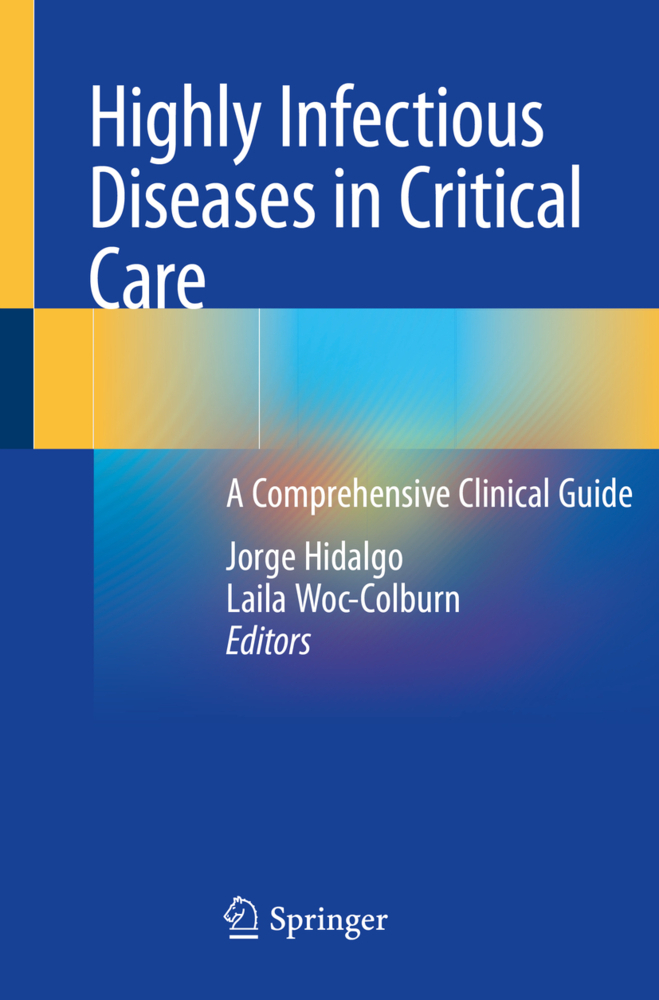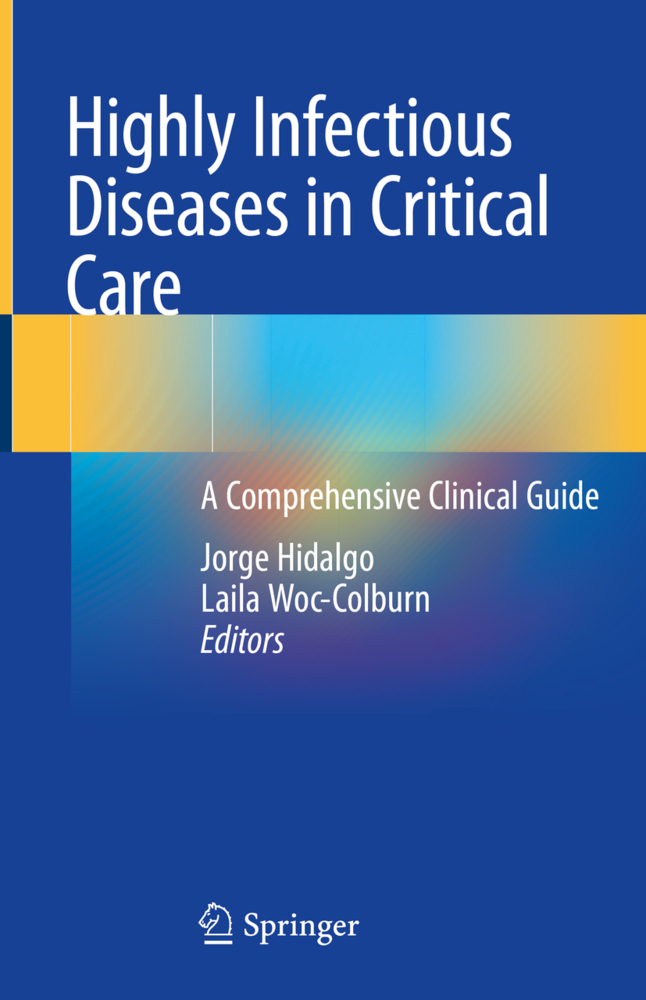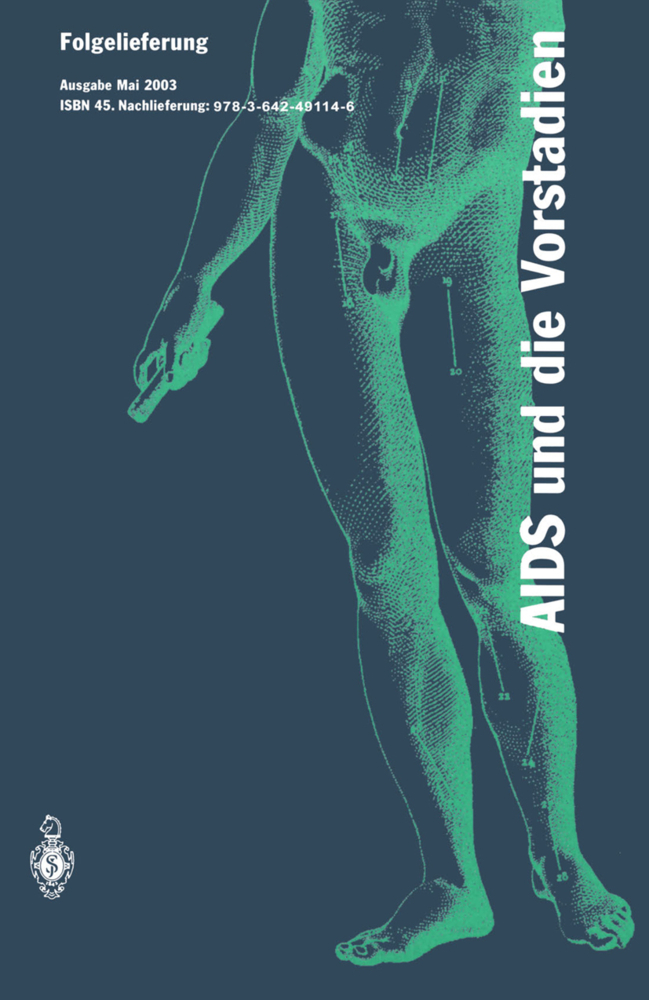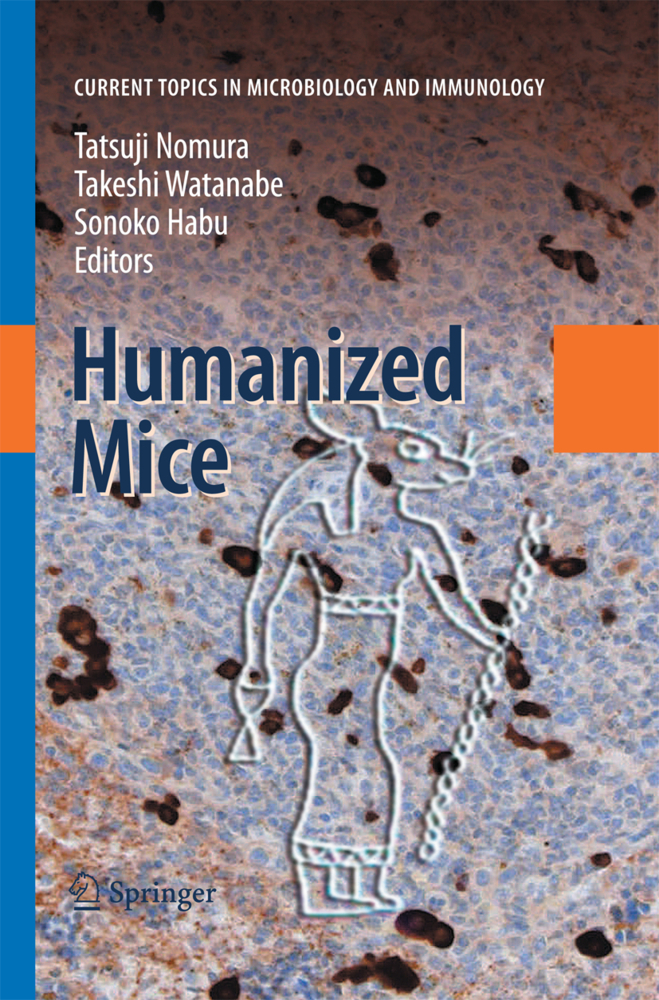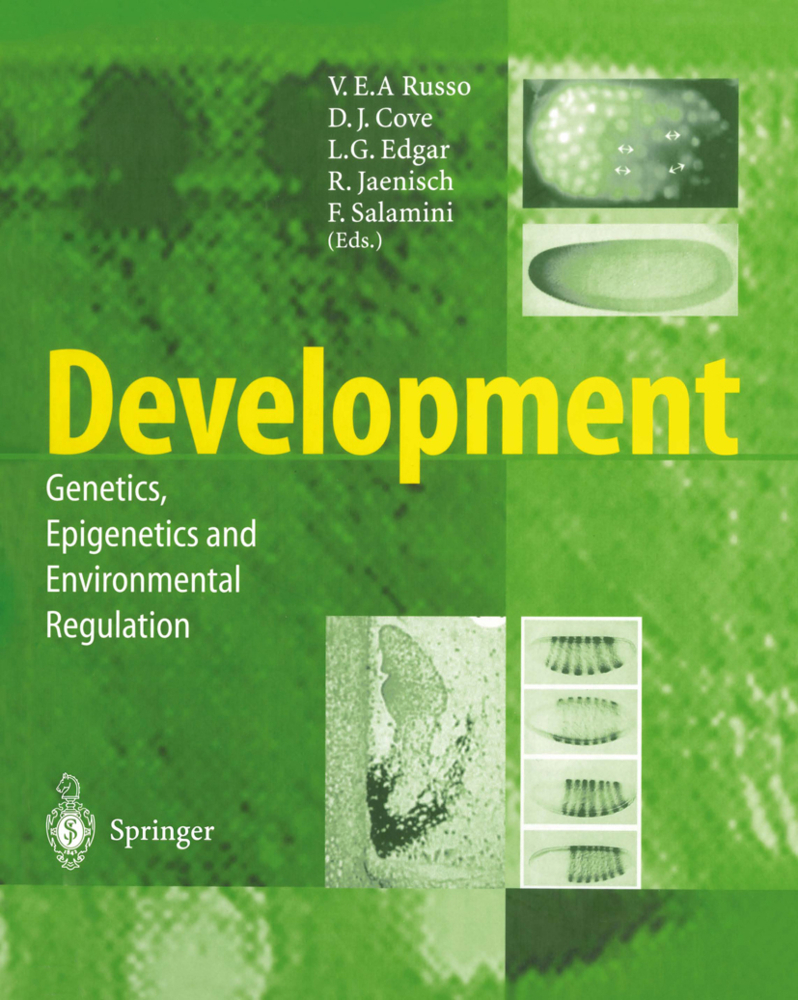Gene Vaccination: Theory and Practice
Gene Vaccination: Theory and Practice
nomenon [26]. Indeed, Krieg et al. [21] showed that the elimination of the CpG in a particular ODN invariably abolished immune stimulation, but changes in the ODN sequences that did not affect the CpG or the flanking bases did not alter the immuno stimulatory (IS) effect. Furthermore, they extended the initial observations of the IS effects to non-palindromic CpG-enriched ODN [21]. Subsequent studies showed that CpG-enriched ODN also induce the secretion of IL-6 and IL-12 [19] and IFN-a [6, 27]. By adding or deleting various IS sequences (ISS)-ODN to or from different pDNAs, it was demonstrated that the ISS have a pivotal role in the induction of the subsequent immune response to the gene product in gene-vaccinated animals. The enhanced Thl immune response induced by gene vaccination is the consequence of the activation of the innate immune response by the ISS in the pDNA backbone [30, 31], rather than the low dose of intracellularly produced antigen. The cell activation products induced by the ISS, i. e. , IFN-a [3], IFN-~ [43], IL-12 [37], and IL-18 [25], are established inducers of IFN-y synthesis and promote the differentiation of naive T helper cells to Thl lym phocytes. Thus, the ISS activate the precise innate cytokine network required to pro mote Thl differentiation (see Fig. 1). In a recent study it was demonstrated that this ap proach is also applicable to a protein antigen.
The Development of a Multivalent DNA Vaccine for Malaria
DNA Vaccination with Co-Stimulatory Molecules
Gene Immunization for the Induction of Antigen-Specific, Non MHC-Restricted Responses
DNA Vaccines With Rapid Intracellular Degradation are More Effective for Inducing CTL
Genetic Vaccination Against Tuberculosis
DNA Gene Vaccination for HIV
DNA-Based Immunization Against Hepatitis B Virus
Gene Vaccination for Hepatitis C
Gene Immunization for Allergic Disorders
Immunization With DNA Vaccines in Early Life: Advantages and Limitations as Compared to Convential Vaccines
DNA Vaccination by Somatic Transgene Immunization
DNA Vaccines: Safety and Efficacy Issues
Genetic Vaccines - A Revolution in Vaccinology?.
Introduction: Gene Vaccination, Current Concepts and Future Directions
Plasmid DNA Vaccination: Mechanism of Antigen PresentationThe Development of a Multivalent DNA Vaccine for Malaria
DNA Vaccination with Co-Stimulatory Molecules
Gene Immunization for the Induction of Antigen-Specific, Non MHC-Restricted Responses
DNA Vaccines With Rapid Intracellular Degradation are More Effective for Inducing CTL
Genetic Vaccination Against Tuberculosis
DNA Gene Vaccination for HIV
DNA-Based Immunization Against Hepatitis B Virus
Gene Vaccination for Hepatitis C
Gene Immunization for Allergic Disorders
Immunization With DNA Vaccines in Early Life: Advantages and Limitations as Compared to Convential Vaccines
DNA Vaccination by Somatic Transgene Immunization
DNA Vaccines: Safety and Efficacy Issues
Genetic Vaccines - A Revolution in Vaccinology?.
Raz, Eyal
| ISBN | 9783642468698 |
|---|---|
| Artikelnummer | 9783642468698 |
| Medientyp | Buch |
| Auflage | Softcover reprint of the original 1st ed. 1998 |
| Copyrightjahr | 2012 |
| Verlag | Springer, Berlin |
| Umfang | 180 Seiten |
| Abbildungen | X, 180 p. 4 illus. in color. |
| Sprache | Englisch |

